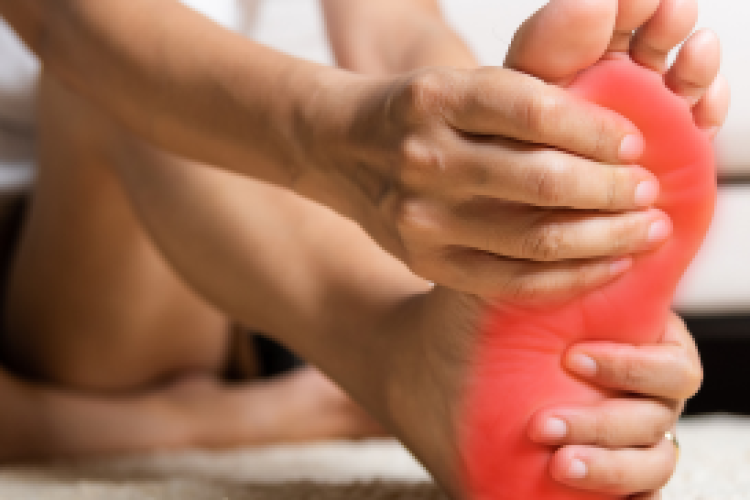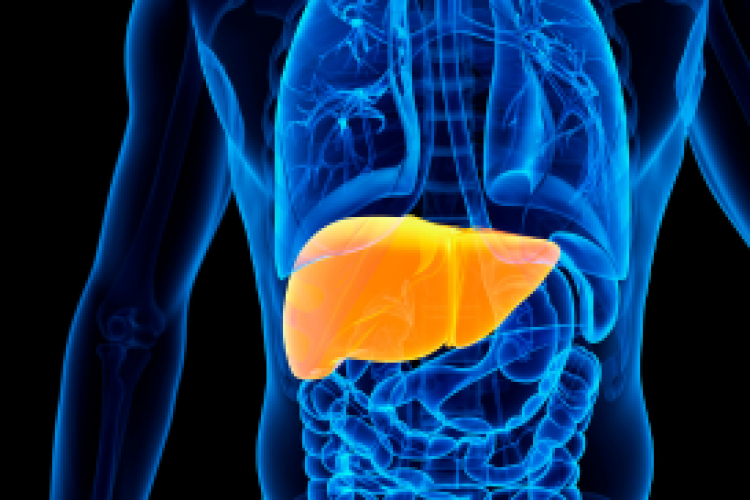Drowsy driving is a major problem in the United States. According to the National Sleep Foundation, 60% of Americans have driven while feeling sleepy and 37% admit to having fallen asleep at the wheel in the past year. The National Highway Traffic Safety Administration estimates at least 100,000 police-reported crashes are the direct result of drowsy driving annually, causing an estimated 1,550 deaths and 71,000 injuries.
If you feel yourself nodding off while driving, it’s not enough to roll down your window, turn on the radio, chew gum or pinch yourself. “Pull over, find a rest area and take a brief nap—20 minutes or so,” says Montefiore Nyack Hospital sleep medicine specialist Anita Bhola, MD. “If you are driving with someone, change drivers.”
In many cases, a person who drives while drowsy has not slept enough. But drowsy driving also can be caused by untreated sleep disorders, medications such as sedating antihistamines or antidepressants, drinking alcohol, night shift work, or working more than 60 hours a week. Business travelers who get off a plane jetlagged and get directly behind the wheel are at risk, Dr. Bhola says. Commercial truck drivers, especially long-haul drivers, are also at risk. Being sleepy at the wheel makes you less able to pay attention on the road and slows your reaction time.
Know the Signs
Signs you should stop and rest include:
- Difficulty focusing, frequent blinking, or heavy eyelids
- Daydreaming; wandering/disconnected thoughts
- Trouble remembering the last few miles driven; missing exits or traffic signs
- Yawning repeatedly or rubbing your eyes
- Trouble keeping your head up
- Drifting from your lane, tailgating, or hitting a shoulder rumble strip
- Feeling restless and irritable
“Most people underestimate how drowsy they are, or focus on the need to get somewhere,” Dr. Bhola says. “But it only takes 4 seconds of lapse in attention to cause an accident.”
Who’s Most at Risk?
Teens are by far the most likely to drive while tired, Dr. Bhola says. “Fifty-five percent of all drowsy driving-related crashes are seen in those less than 25 years of age,” she notes. “Teens have terrible sleep hygiene—they stay up late, they have to get up early for school and experience phase delay in their internal clock. They should be getting 8.5-9.5 hours of sleep, but they often don’t get anywhere near that and are among the most sleep-deprived Americans. Additionally, they are inexperienced drivers.”
Driver education classes stress the importance of not texting while driving, as well as avoiding alcohol and drugs. But parents should also emphasize to their teens the importance of not getting behind the wheel while they’re fatigued, and perhaps have them sign a contract Dr. Bhola says.
Drowsy driving accidents are most likely to occur between midnight and 6 a.m., when the body’s need for sleep is greatest. Mid-afternoon is another common time for fatigue-related crashes. Male drivers, and those who drive alone are at highest risk.
Prevent Drowsy Driving
The best way to prevent drowsy driving is to get enough sleep – 7-9 hours for adults, and 8.5-9.5 hours for teens.
If you have symptoms of a sleep disorder, such as snoring or feeling sleepy during the day, talk to your doctor about options for treatment. Check your medication label to see if it may be making you sleepy. Don’t drink before you drive. If you are really sleepy, get a ride home, take a taxi, or use public transportation.
If you’re on a long trip, take a break about every 100 miles, or every 2 hours. Drink some caffeine to keep you alert. If you can, arrange for someone to travel with you to talk with and share the driving. “If you were planning on driving through the night and realize you’re sleepy, you need to check into the nearest motel,” Dr. Bhola advises. “Don’t push yourself. Drive alert, arrive alive.”
For information about The Edythe Kurz Center for Sleep Medicine at Montefiore Nyack Hospital, please call 845-348-2209.



 Upcoming Events
Upcoming Events



